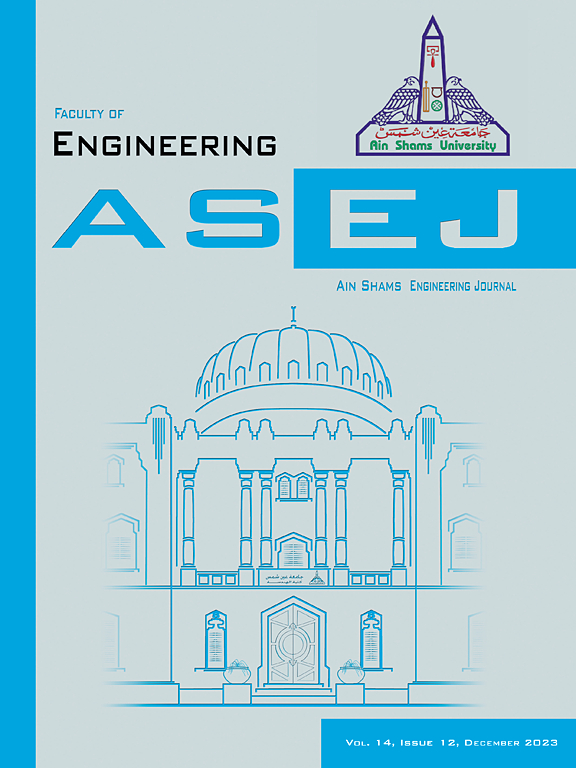FTNet-HiLa: An adaptive multimodal histopathological image categorization network
IF 6
2区 工程技术
Q1 ENGINEERING, MULTIDISCIPLINARY
引用次数: 0
Abstract
The integration of artificial intelligence in medical imaging has witnessed a surge in neural network applications for pathological image classification, with Vision Transformers (ViTs) emerging as highly accurate models in general visual recognition tasks. Addressing the challenge of limited pathological image data, this study introduces HiLa, a novel training framework for ViTs. The framework leverages pre-training on non-medical data, followed by an adaptive fine-tuning process using medical data to bridge the data gap. Furthermore, to fuse the text and image modalities, we propose the Co-attention Fusion Block (CaFB) module, enabling the development of a Multi-scale full Transformer-based network (FTNet). Extensive experiments on diverse datasets demonstrate the efficacy of the HiLa framework, achieving 99.77% accuracy on the BreakHis dataset for 8-class classification. Combined with FTNet-HiLa, it sets a new benchmark in benign-malignant classification. These findings highlight the improved performance of ViT models with HiLa and its scalability to multimodal applications.
求助全文
约1分钟内获得全文
求助全文
来源期刊

Ain Shams Engineering Journal
Engineering-General Engineering
CiteScore
10.80
自引率
13.30%
发文量
441
审稿时长
49 weeks
期刊介绍:
in Shams Engineering Journal is an international journal devoted to publication of peer reviewed original high-quality research papers and review papers in both traditional topics and those of emerging science and technology. Areas of both theoretical and fundamental interest as well as those concerning industrial applications, emerging instrumental techniques and those which have some practical application to an aspect of human endeavor, such as the preservation of the environment, health, waste disposal are welcome. The overall focus is on original and rigorous scientific research results which have generic significance.
Ain Shams Engineering Journal focuses upon aspects of mechanical engineering, electrical engineering, civil engineering, chemical engineering, petroleum engineering, environmental engineering, architectural and urban planning engineering. Papers in which knowledge from other disciplines is integrated with engineering are especially welcome like nanotechnology, material sciences, and computational methods as well as applied basic sciences: engineering mathematics, physics and chemistry.
 求助内容:
求助内容: 应助结果提醒方式:
应助结果提醒方式:


